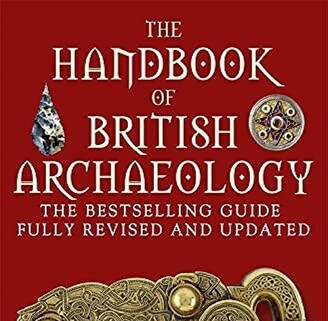The village of Drumelzier in the Borders has long been associated with Merlin.
According to Vita Merlini Sylvestris (the Life of Merlin of the Forest) — a medieval manuscript held by the British Library — Merlin was reportedly imprisoned there and buried on the banks of the Tweed in the 7th century.
In 2022, a team of volunteers drawn from across Scotland and led by GUARD Archaeology set out to investigate the archaeological roots of this local legend.
Now, the results of the work have been published with experts revealing that there may indeed be some truth to the reports of Merlin’s death in Scotland.
A geophysics survey revealed that there is an archaeological feature resembling a grave near to the reputed location of Merlin’s Grave at Drumelzier.
An excavation of Tinnis Fort, which overlooks Merlin’s Grave, also found that this prominent hillfort was occupied around the late 6th and early 7th centuries AD, precisely when the story was set.
Archaeologists said the fort has the hallmarks of a lordly stronghold of the time.
“The Drumelzier legend contains pre-Christian customs, ancient Cumbric names and was associated with local sites where archaeology now shows could credibly have given rise to the story,” said GUARD Archaeology CEO Ronan Toolis, who led the project.
…
"Unlike the classic depiction of Merlin as the wise and respected adviser to King Arthur, the Drumelzier legend paints a much darker picture.
“That of a rather pitiful fellow prone to uttering nonsensical riddles and bewildering prophecies, and kept prisoner by an obscure petty tyrant of a forgotten kingdom, before dying a gruesome death, the victim of royal intrigue.”


